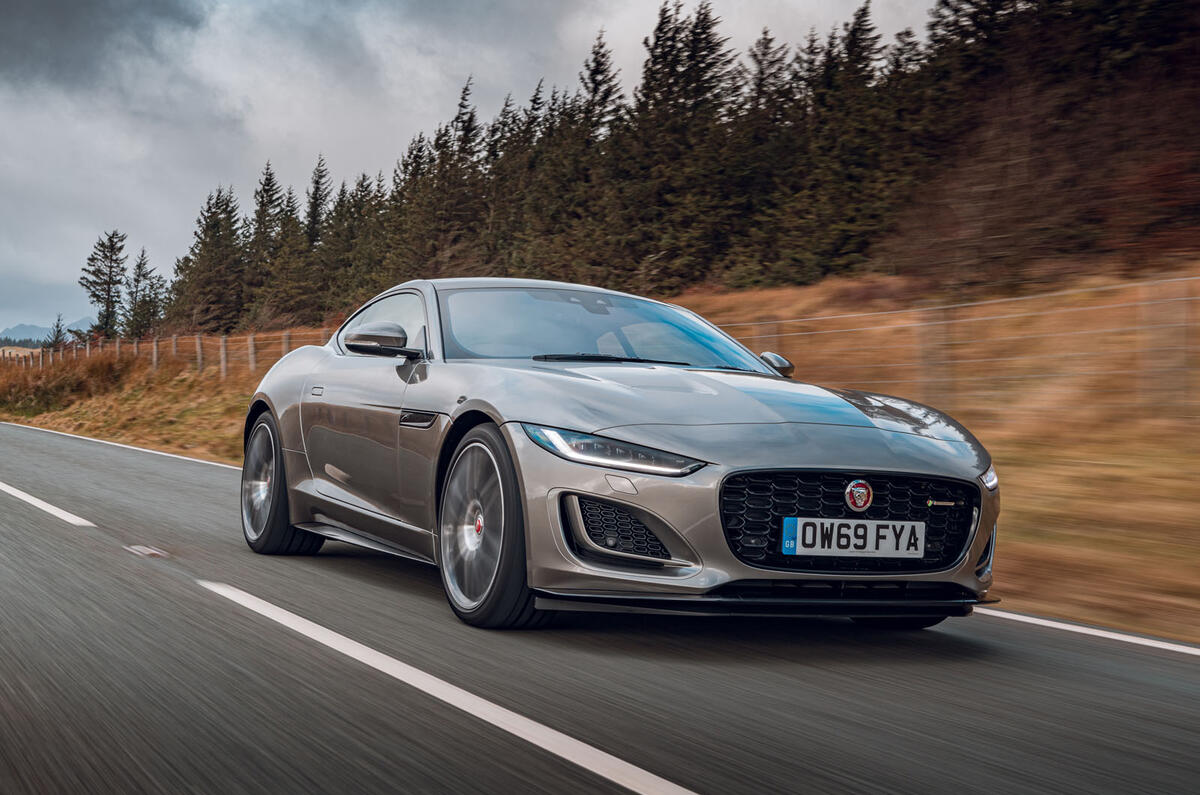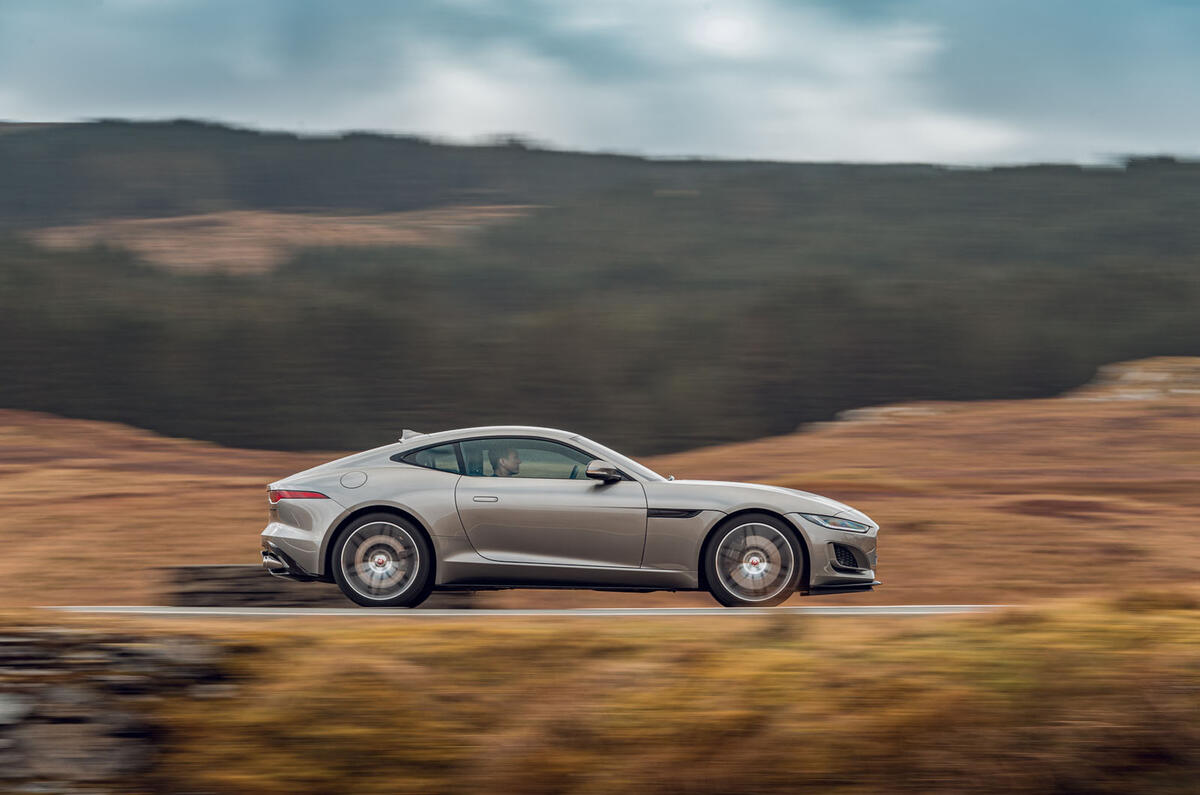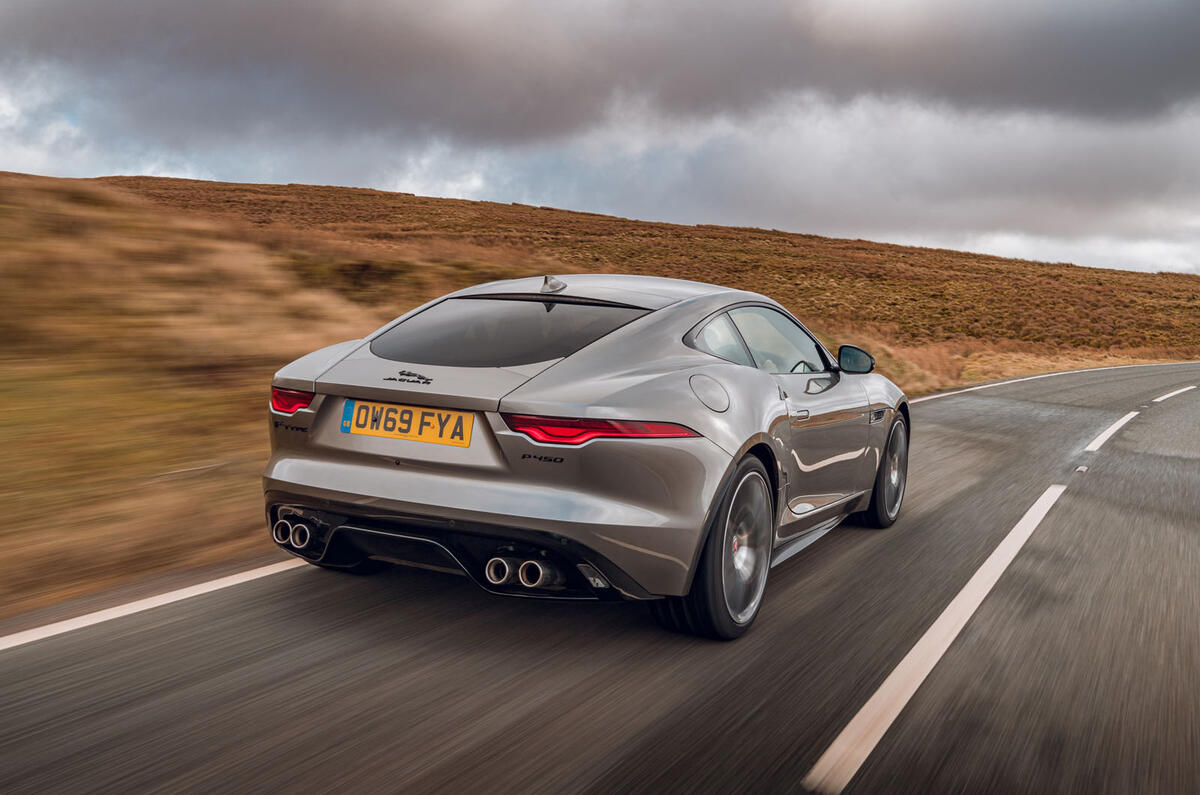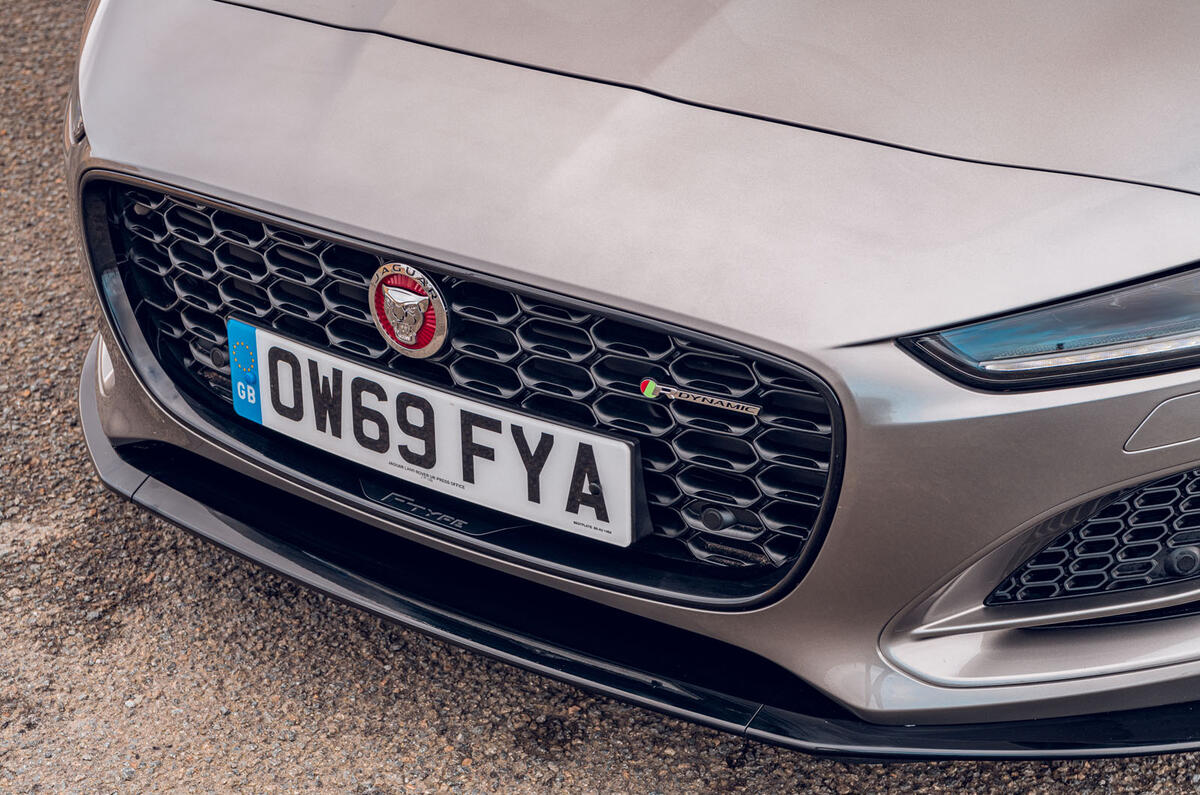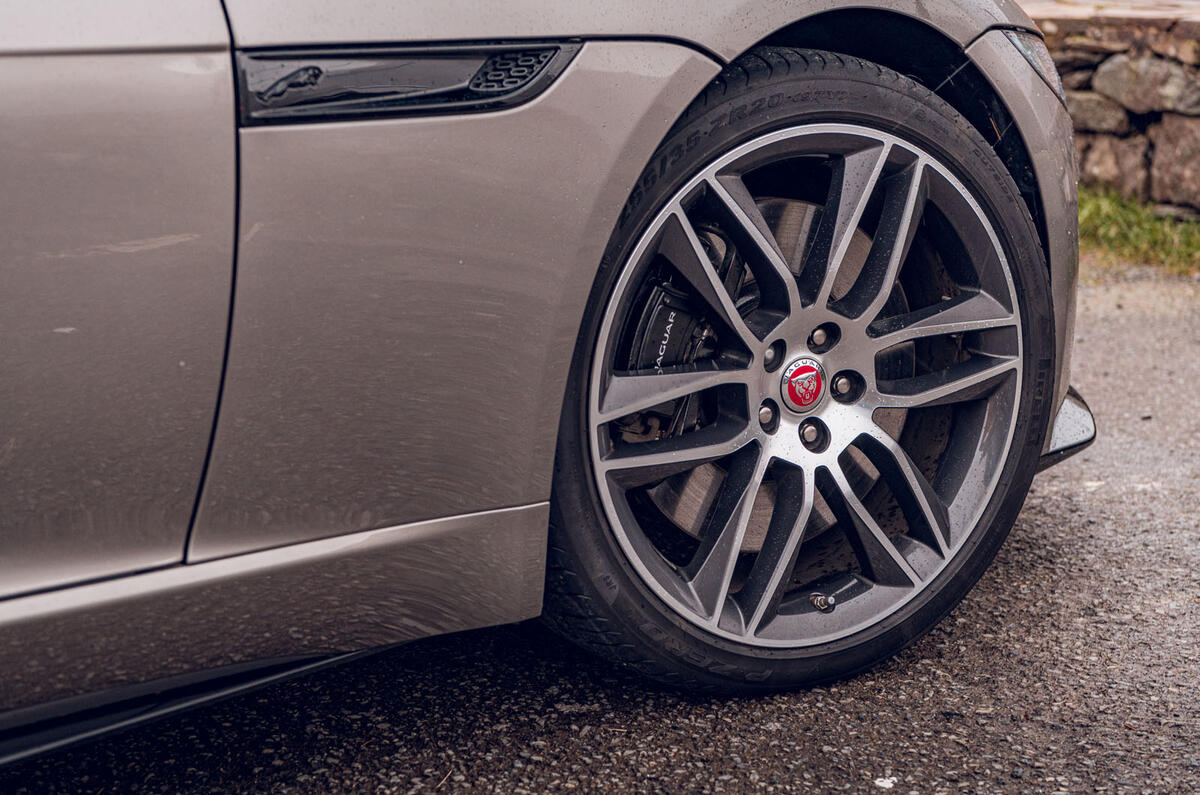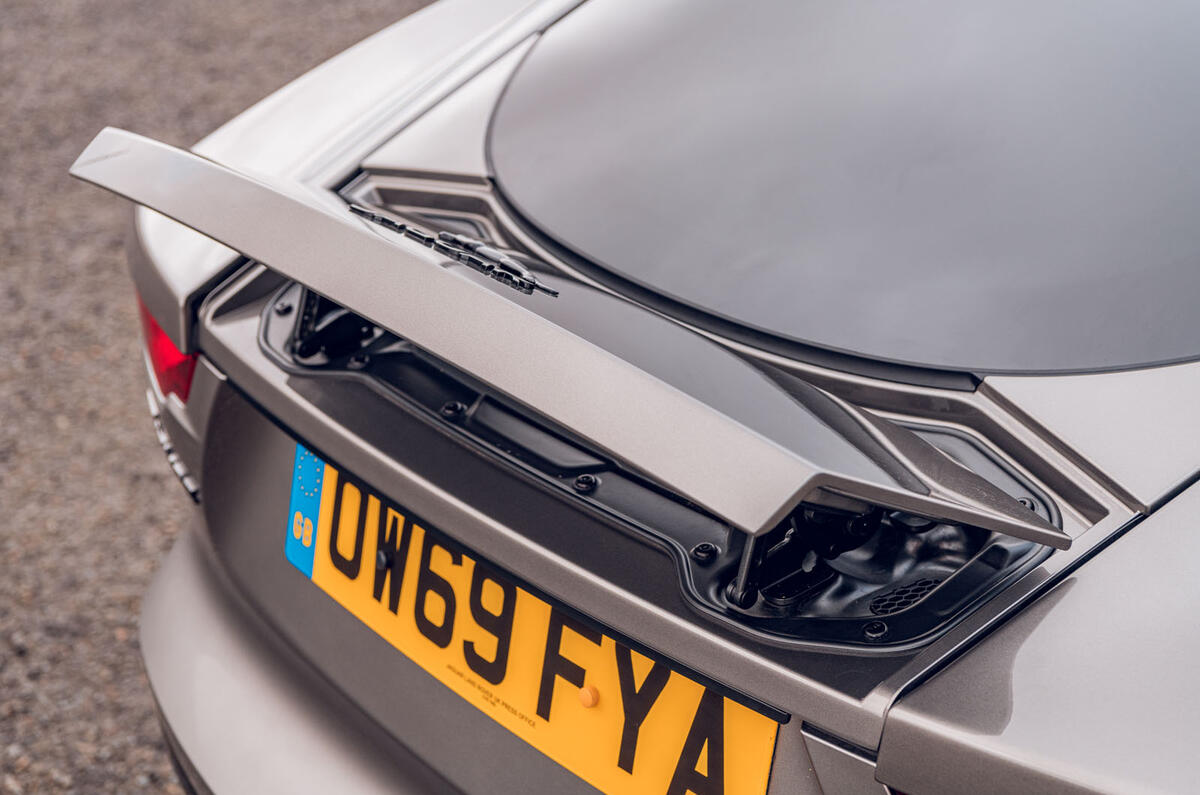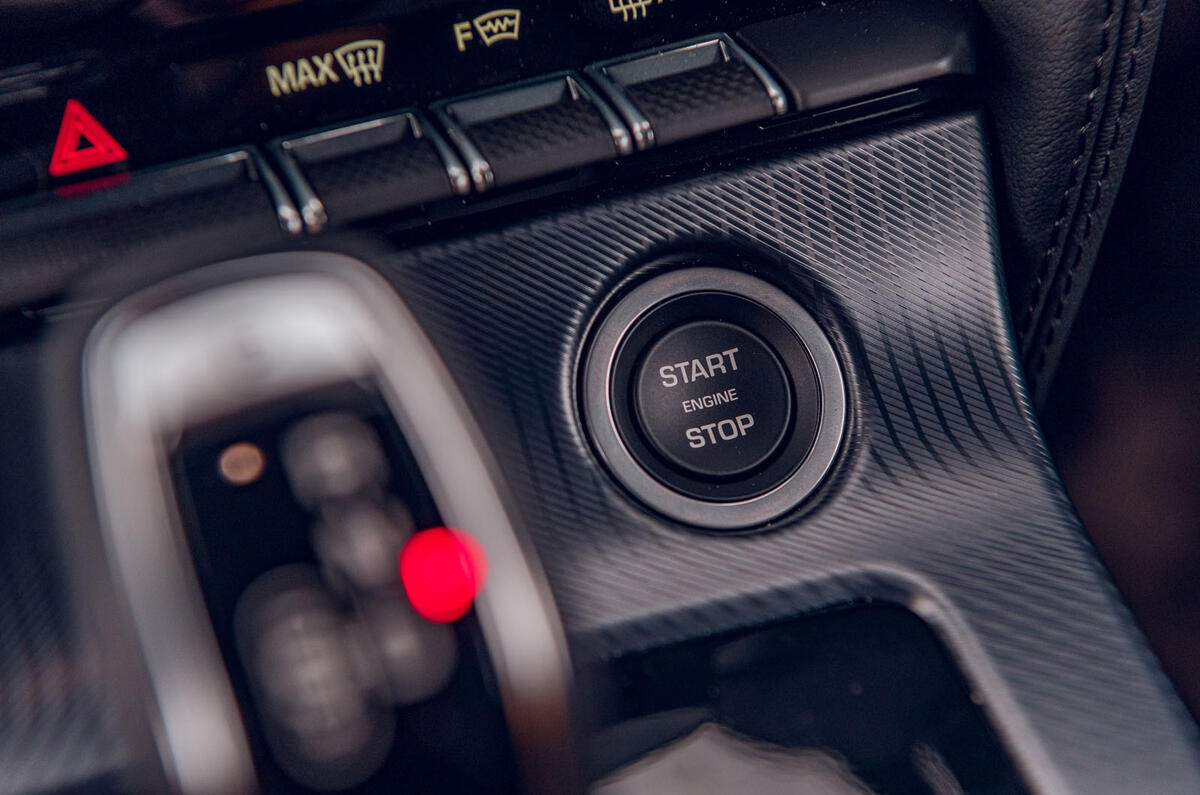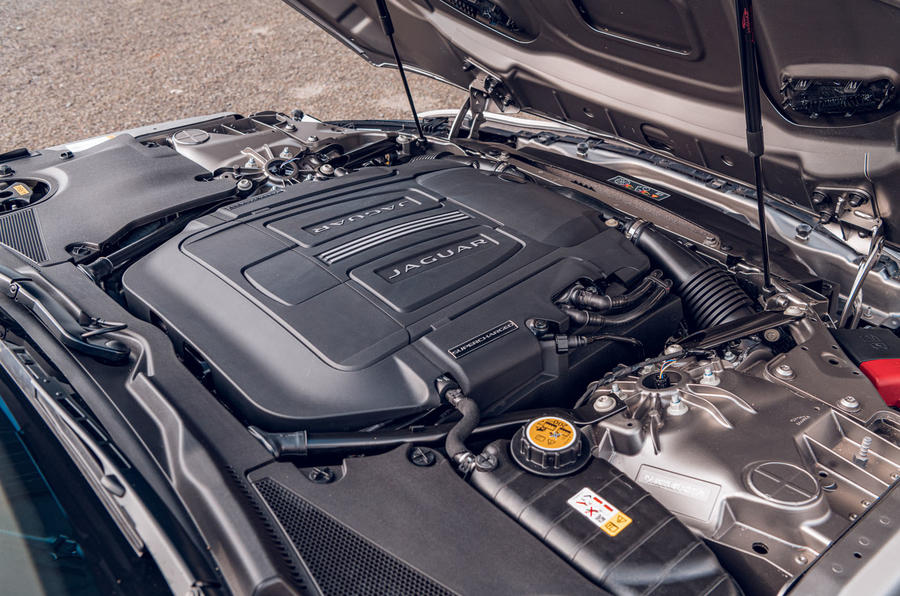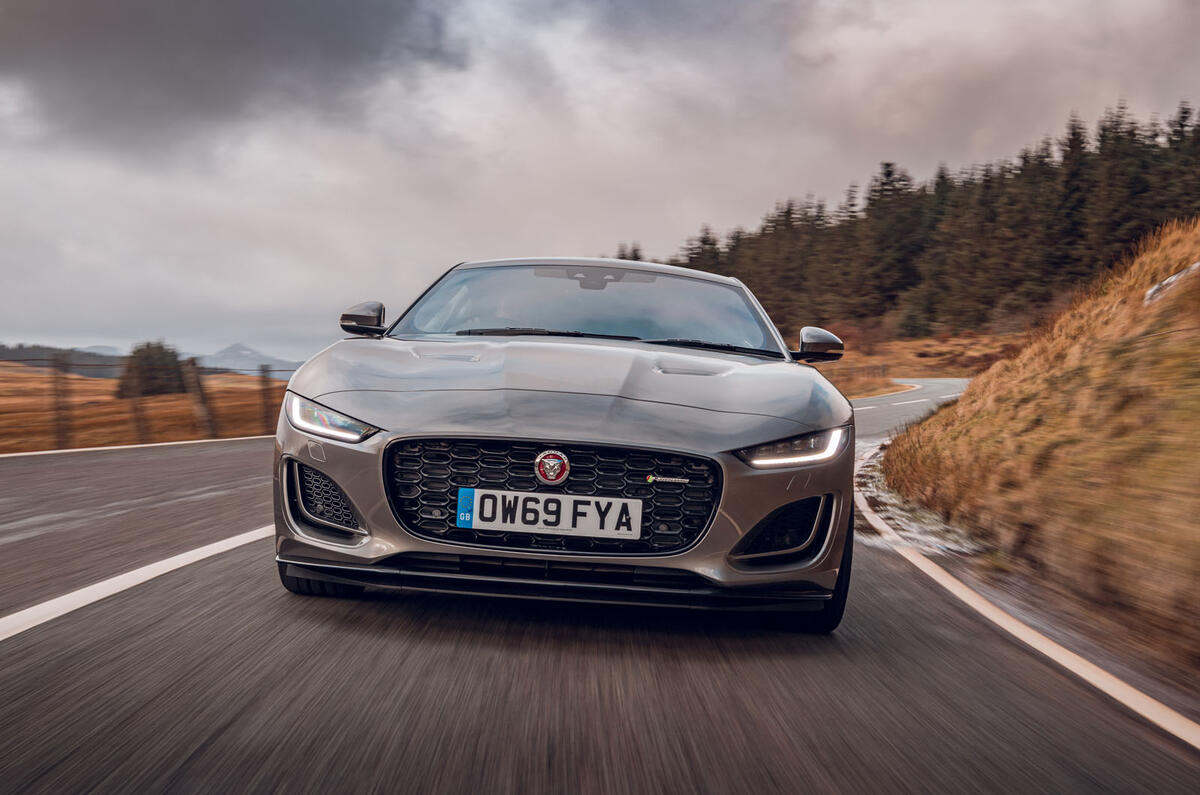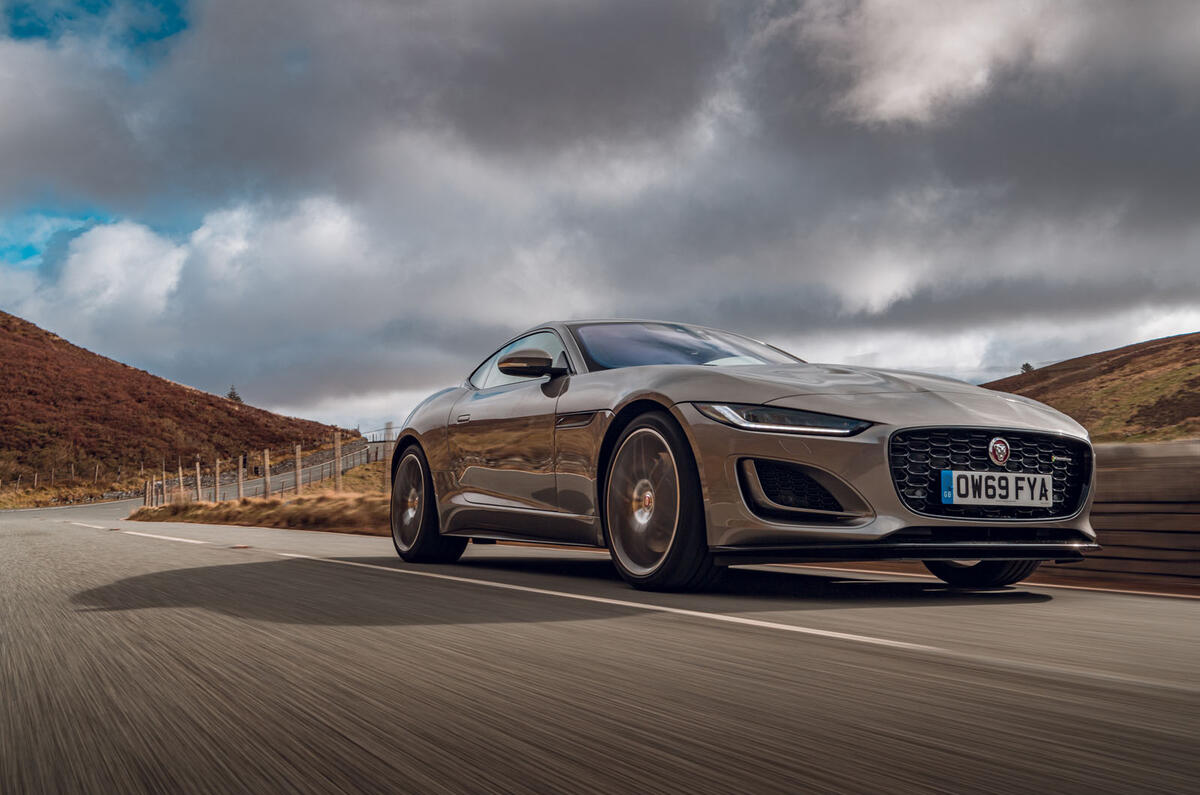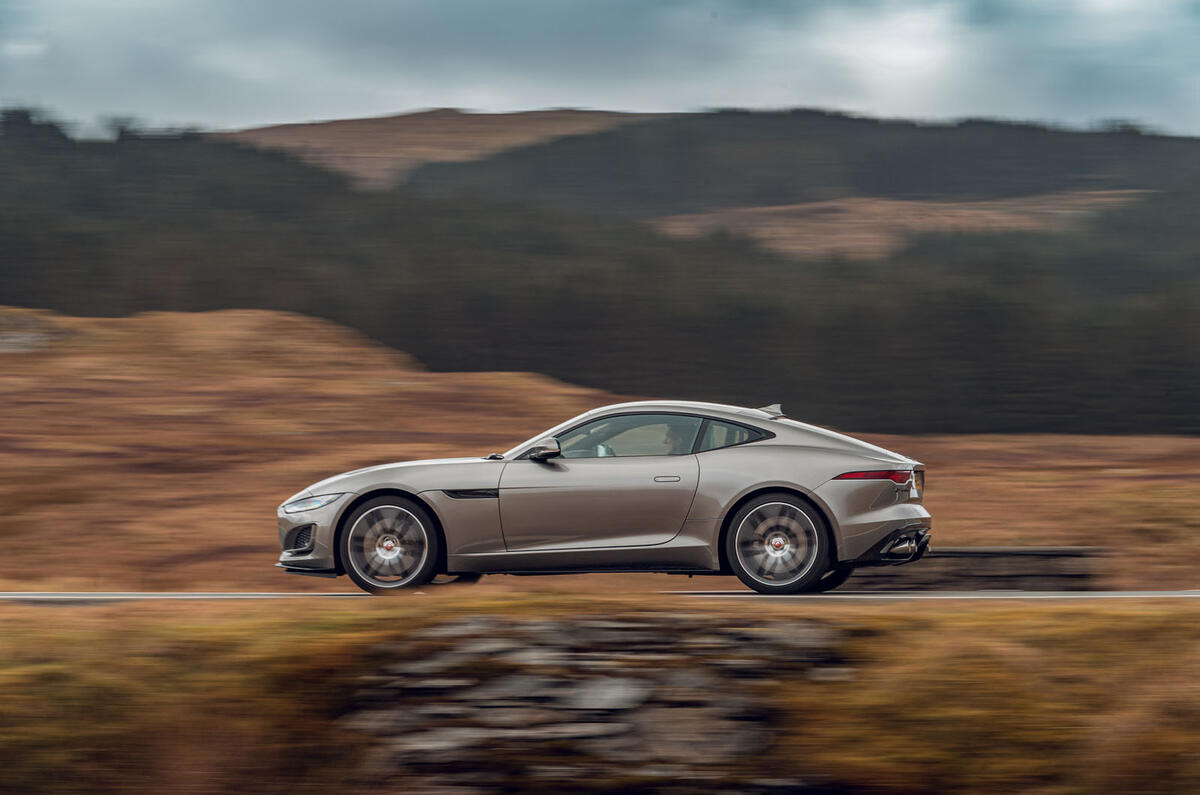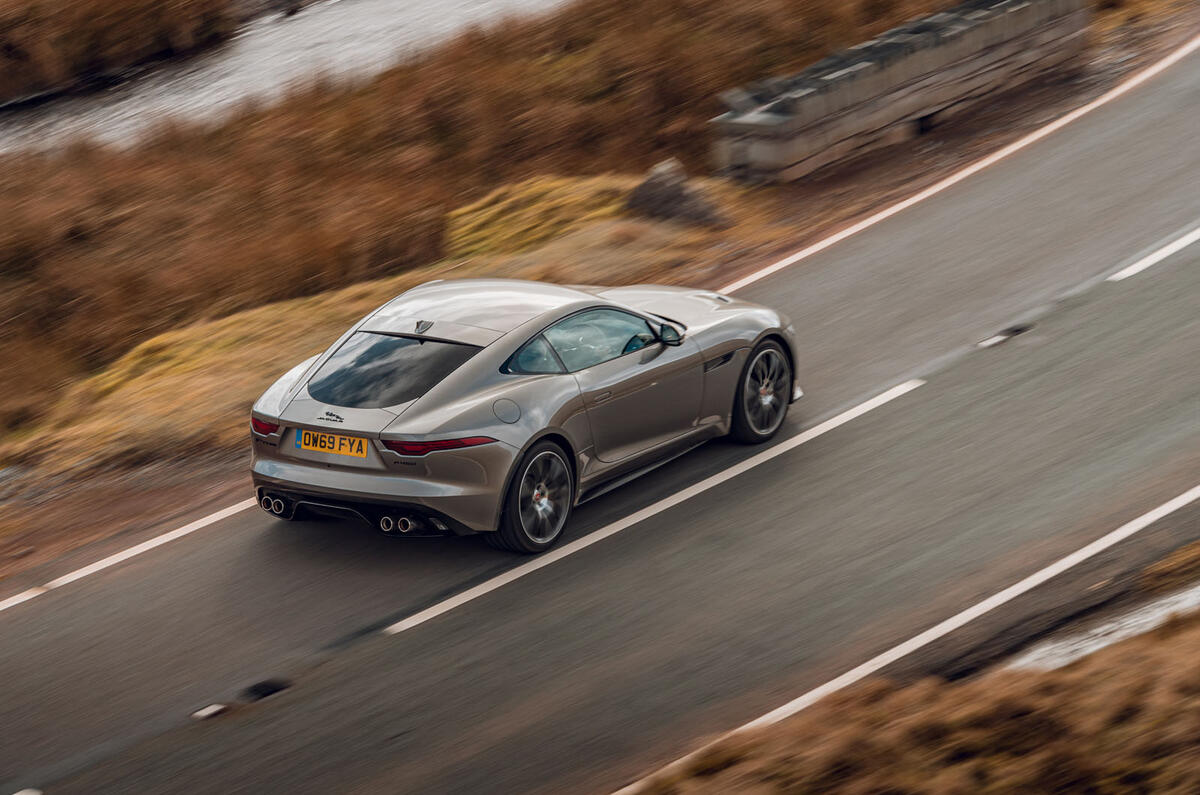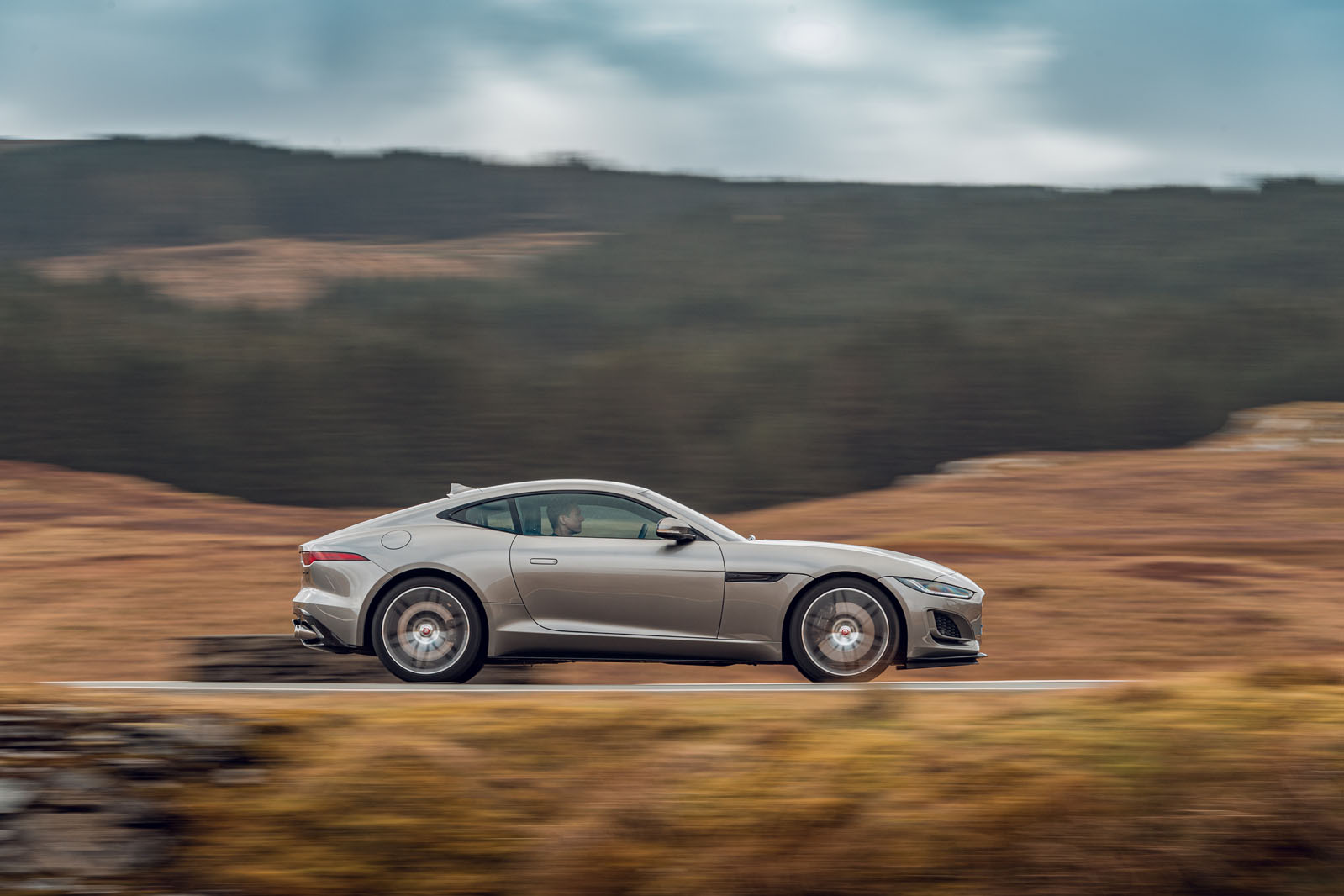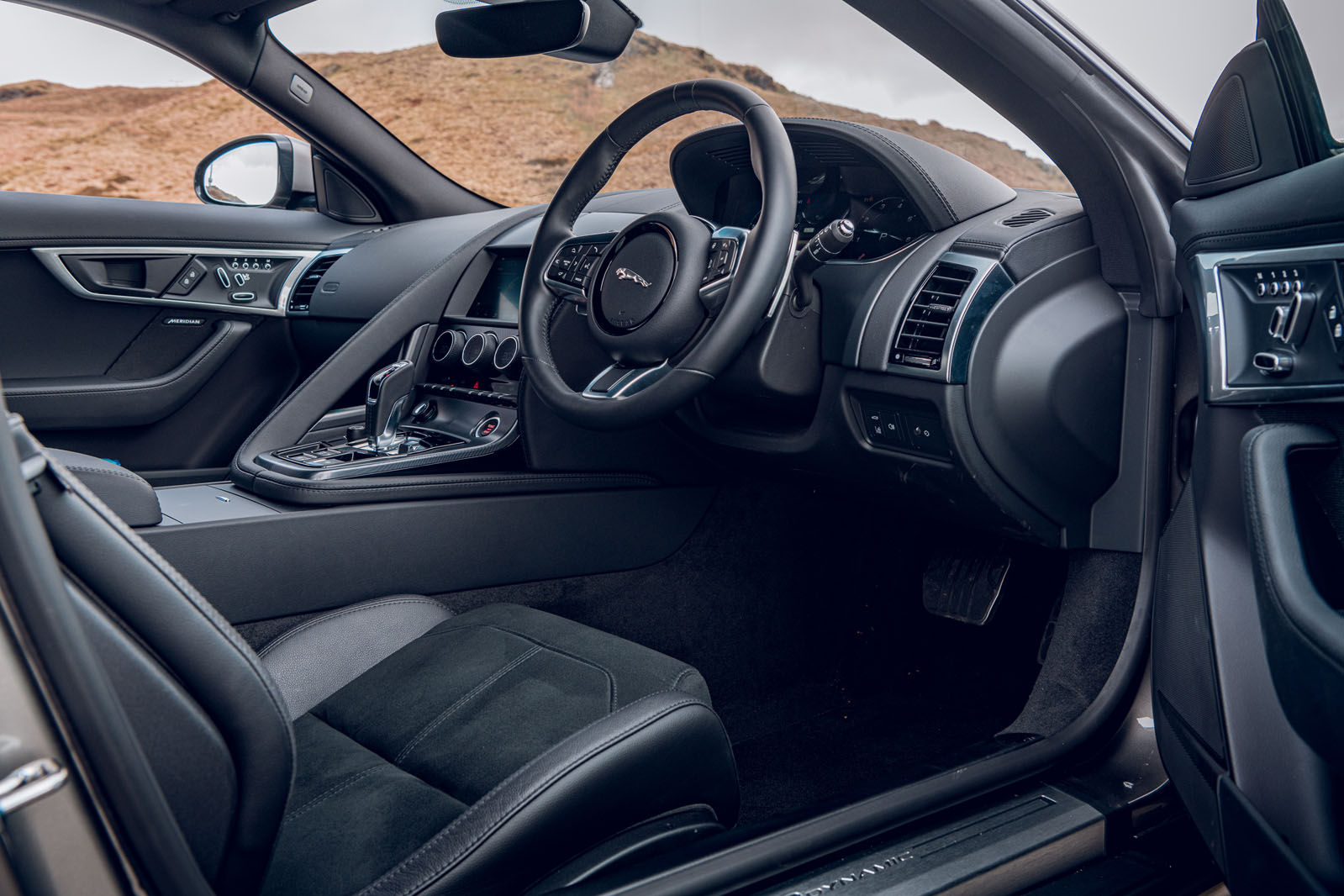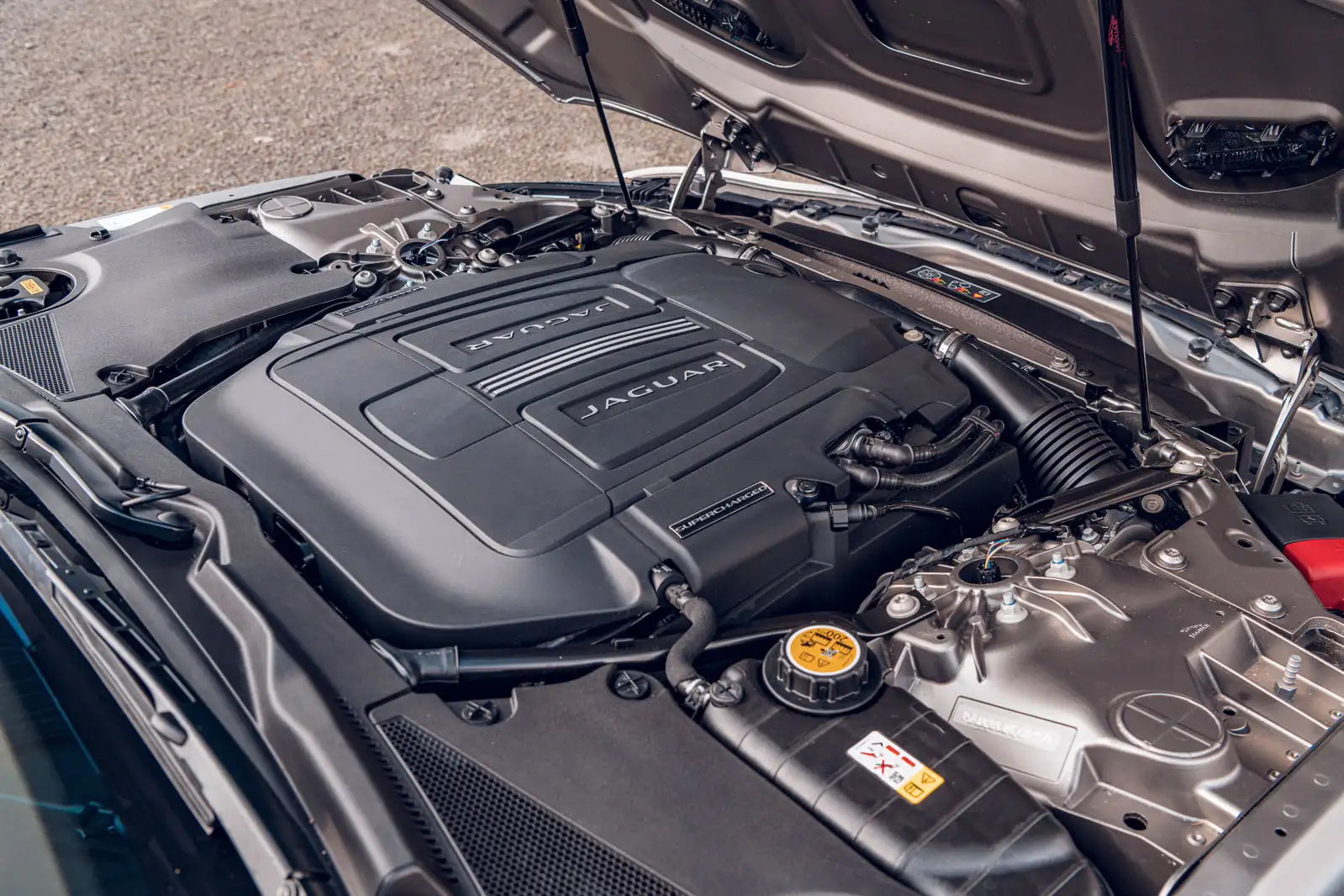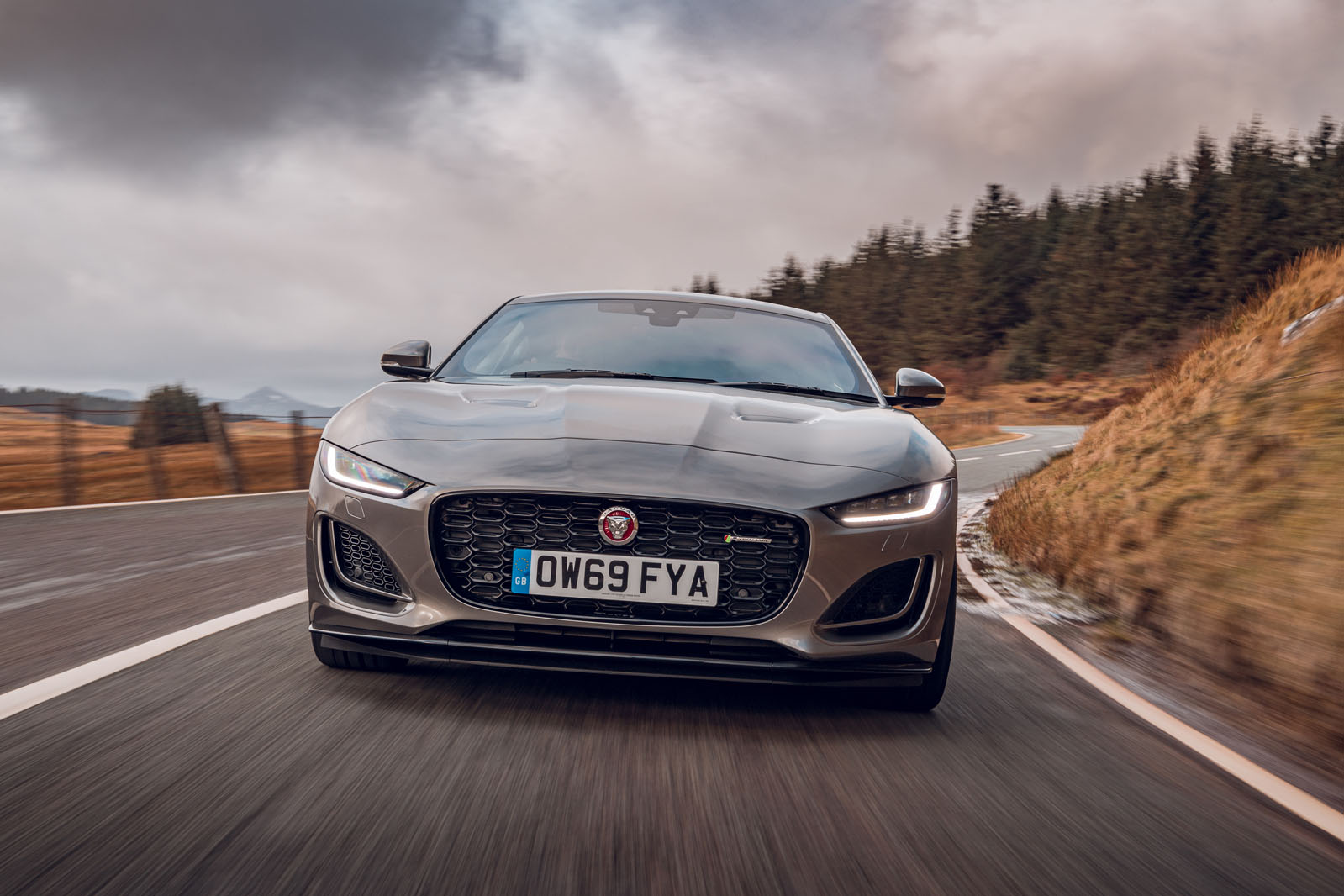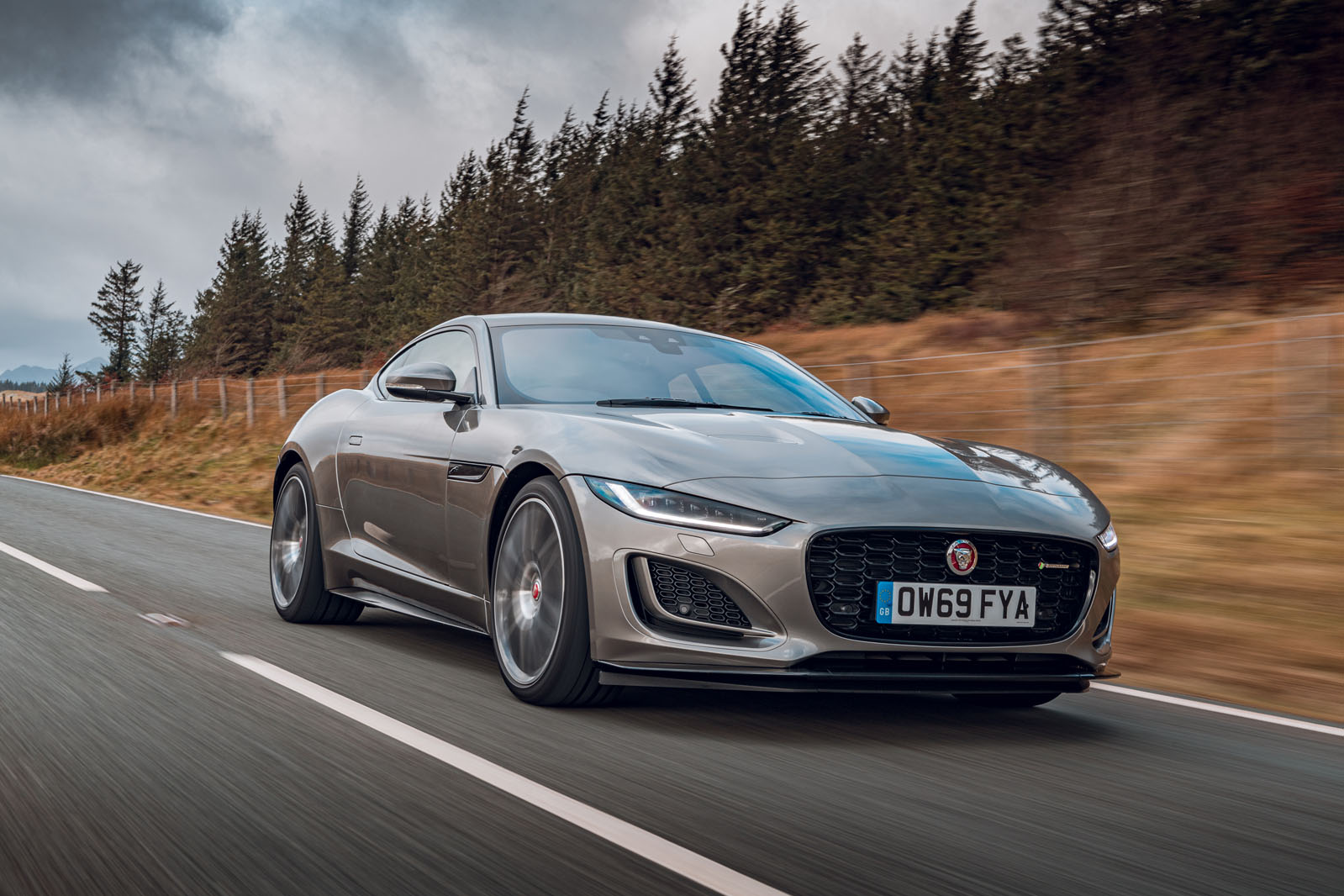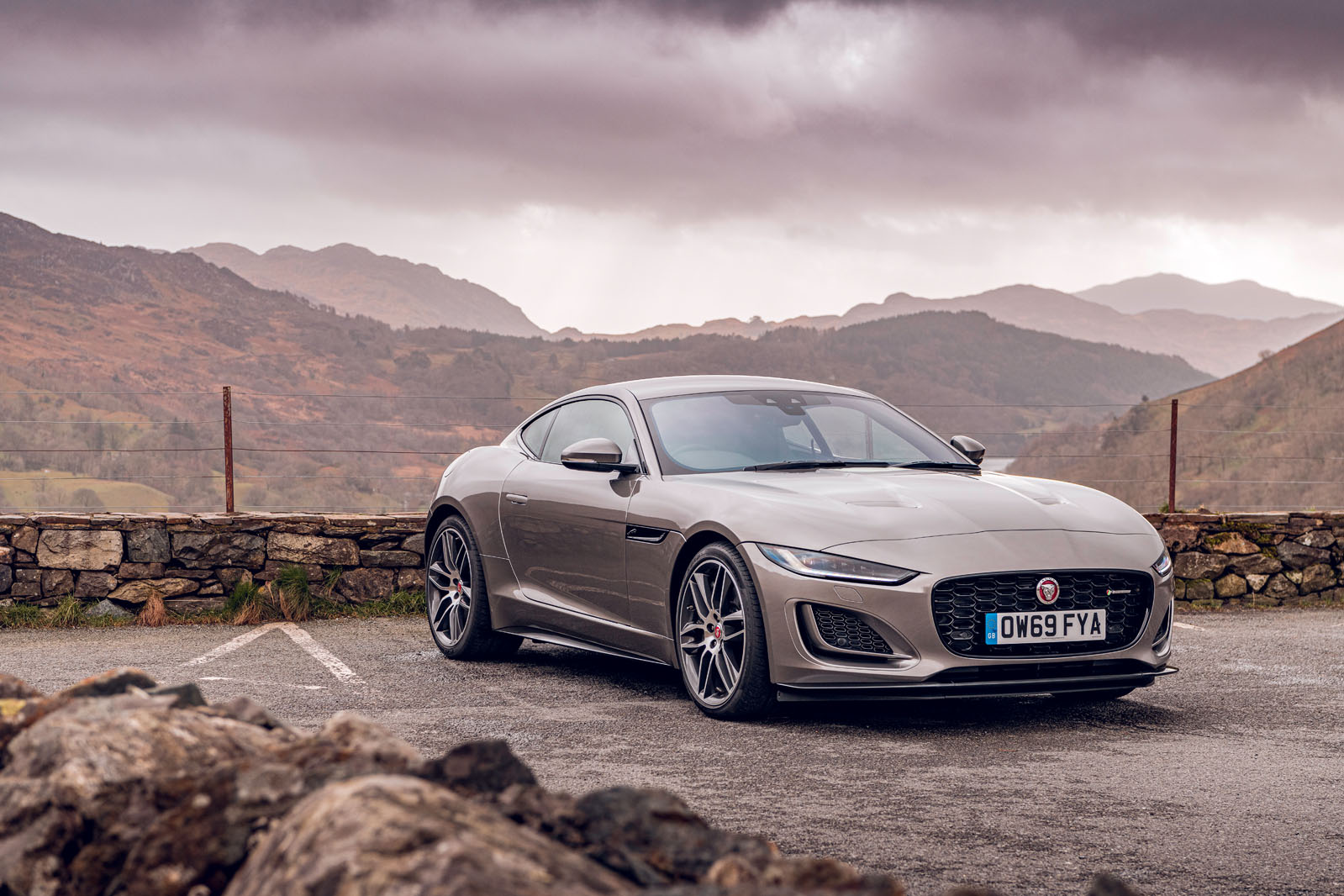Jaguar is striking out into a fresh design era under new design director Julian Thomson and so it seems right that the subject of this week’s road test should be a sharpened-up, redesigned version of its talismanic F-Type.
With design lead times being what they are, it’s likely that this car was signed off long before Jaguar's former design boss Ian Callum departed the scene in June 2019. Be that as it may, as your eyes will confirm, this all-aluminium classic front-engined British-built sports car has never looked better.
Now to address whether such an effective facelift has come accompanied by handling and usability improved to similarly striking effect.
The F-Type line-up at a glance
The F-Type’s engine range no longer includes a six-cylinder option; the firm instead offers a detuned supercharged V8 as a mid-range model, which is also the only engine derivative available with a choice of rear- or four-wheel drive.
The car comes in a choice of four trim levels, although not every engine is available in combination with all four. Entry-level trim, for example (passive suspension, open diff, 18in rims), can only be had on a four-cylinder P300, with the P450 getting R-Dynamic trim (electronic limited-slip diff, adaptive dampers) as standard.
Coupés are around £5500 cheaper than convertibles.



